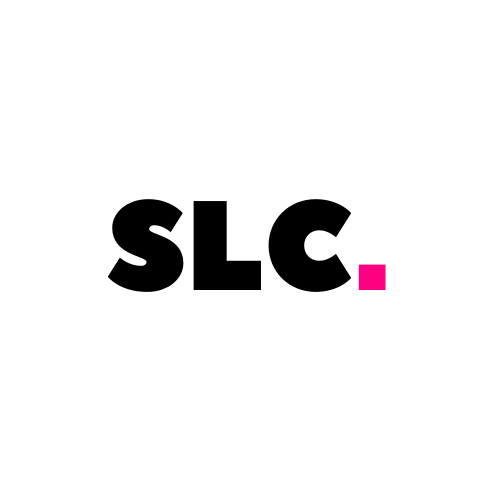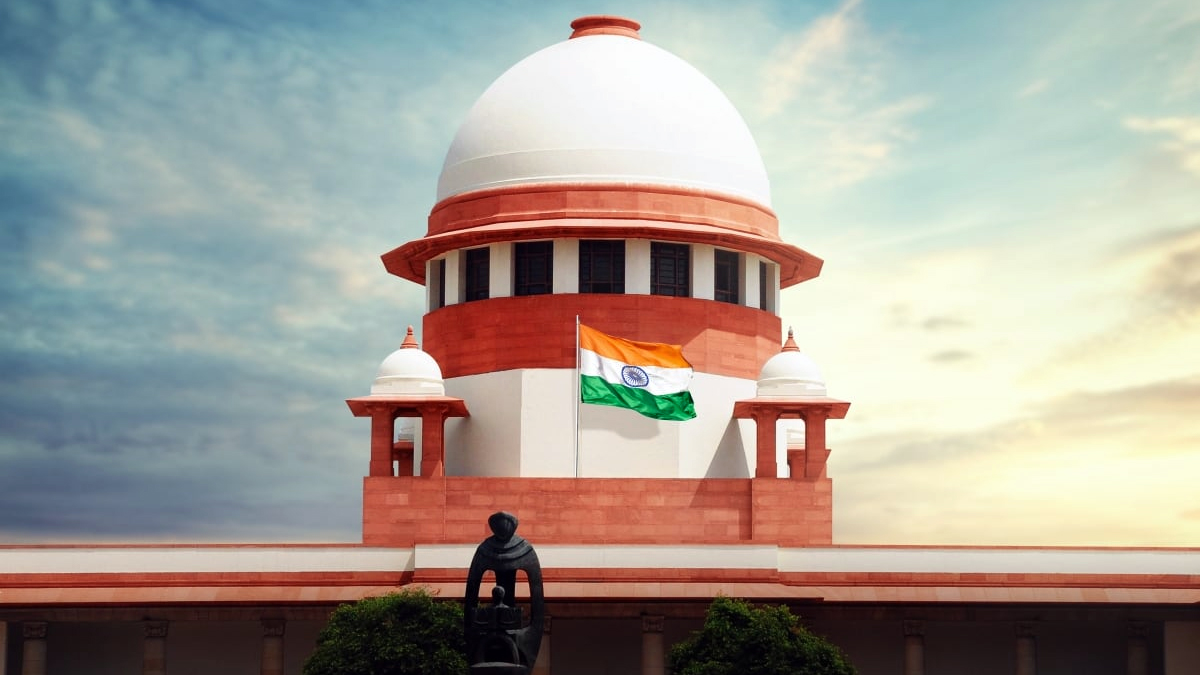
Supreme Court Calls Out Apathy: Summons Health Services Chief in Disabled Student’s MBBS Admission Plea
Last Updated on December 12, 2024 by Amit Patra
In a sharp rebuke to bureaucratic apathy, the Supreme Court, in an unprecedented move, summoned the Director General of Health Services to appear in person before the court, highlighting the systemic challenges faced by disabled candidates seeking medical education.
The case involves a 20-year-old student from the Other Backward Class with locomotor and speech disabilities, whose pursuit of medical education has been brought to an abrupt standstill despite fulfilling critical eligibility criteria. After scoring 205 marks in the NEET-UG examination, far above the OBC-PwD category cut-off of 143-127, the student found himself inexplicably declared ineligible for medical admission.
The petitioner’s disability certificate quantified his locomotor disability at 50%, which falls within the prescribed 40-80% range for reservation under the physical disability quota. The authorities, without assigning sufficient reasons, rejected his admission prospect and, against the rejection, the petitioner approached this Court, which has brought the matter before us.
Justices B.R. Gavai and KV Viswanathan made incisive observations to bring out the inherent issue involved. The court deprecated the “casual approach” of the respondents and emphasized that implementation of the principles of “reasonable accommodation” for persons with disabilities was essential.
What is more important is the Supreme Court order. The bench has sent a very strong signal on institutional accountability and the need for inclusive education by ordering the personal appearance of the Director General of Health Services. The court’s frustration is quite evident from the observation that despite proper notice, no representative appeared to address the legitimate concerns of the student.
The special leave petition filed by the petitioner eloquently contends that neither the Disability Certification Board nor the Punjab and Haryana High Court considered various possibilities of modifications, so as to enable the student to pursue medical education. This approach strikes at the very spirit of disability rights and educational inclusivity.
The respondents herein include the Union of India, Medical Counselling Committee, National Testing Agency, National Medical Commission, Chandigarh Administration, and Government Medical College and Hospital-a representative lot of educational and administrative machinery.
The case transcends an individual’s admission struggle; it represents a broader confrontation with systemic barriers that persistently obstruct educational opportunities for persons with disabilities. The Supreme Court’s intervention signals a potential watershed moment in challenging discriminatory practices and promoting substantive equality.
The matter is set for hearing, and the presence of the Director General himself is ensured, with an assurance of a critical look into the mechanisms that continue to marginalize disabled students in their pursuit of professional education.


